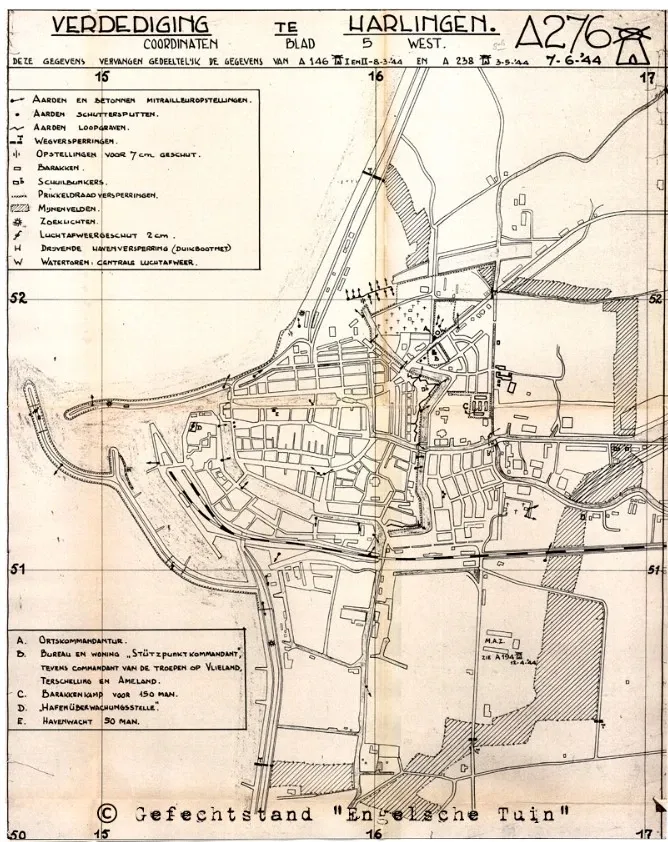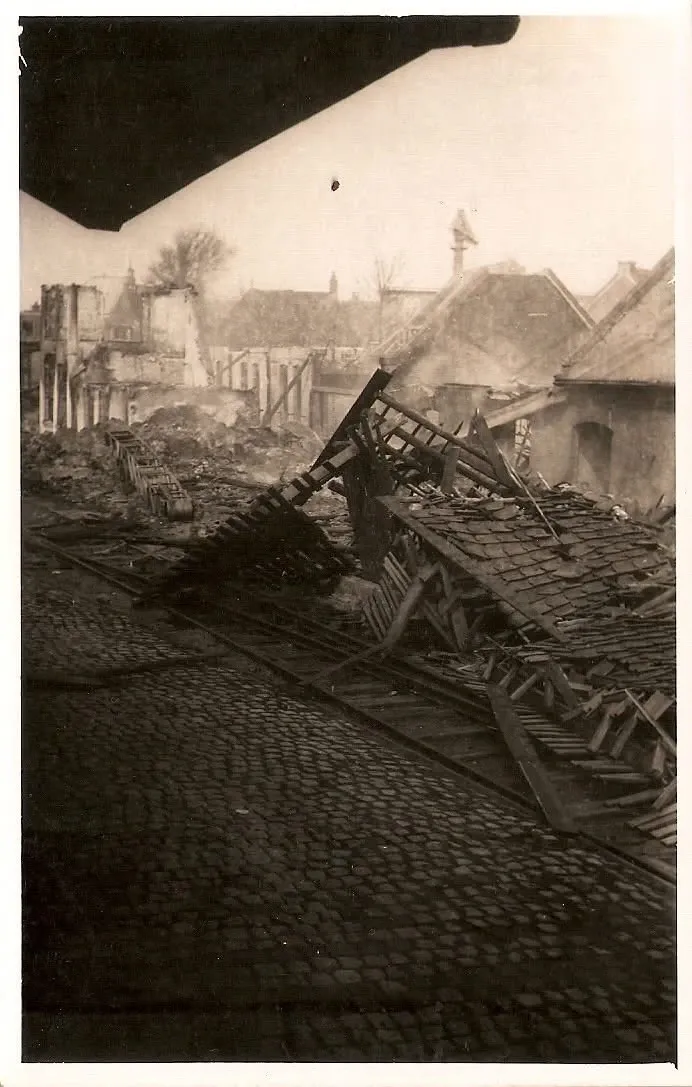Locations
2329 to 2352 of 5486 results
-
Mar en Klif Visitor Center
Mar en Klif Visitor Center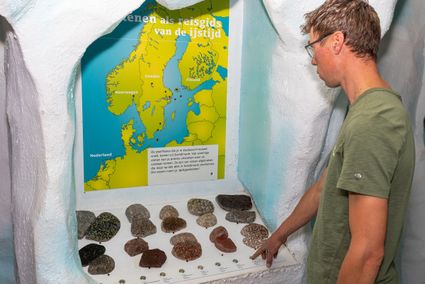 Oudemirdum
Oudemirdum
from your location
-
Kerk Westernijtsjerk
Kerk Westernijtsjerk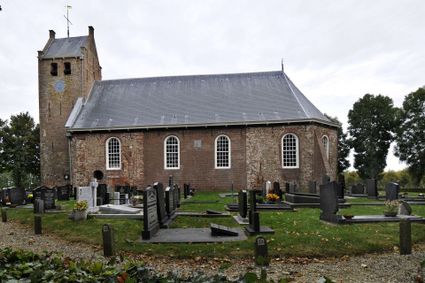 Marrum
Marrum
from your location
-
Kerk en pastorie
Kerk en pastorie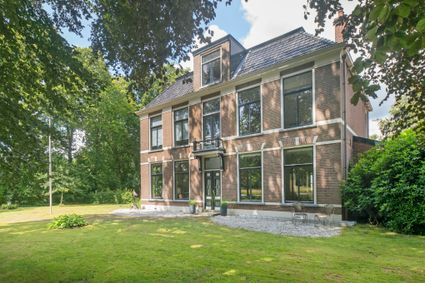 Noardburgum
Noardburgum
from your location
-
Veerpont Harlingen
Veerpont Harlingen Harlingen
Harlingen
from your location
-
Camping De Oude Trambrug
Camping De Oude Trambrug Hoornsterzwaag
Hoornsterzwaag
from your location
-
De Wolvetinte
De Wolvetinte It Heidenskip
It Heidenskip
from your location
-
Halte It Griene Nêst
Halte It Griene Nêst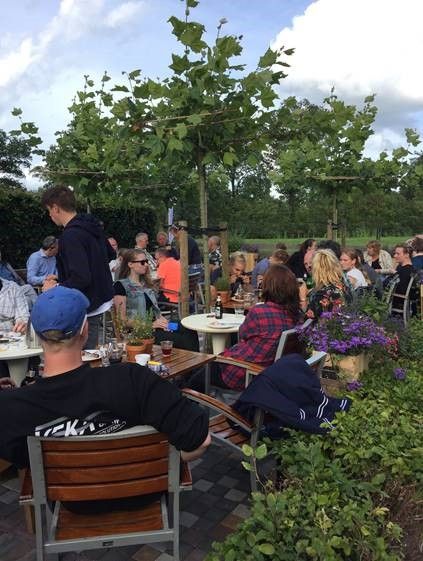 Sumar
Sumar
from your location
-
Beach Resorts Makkum - Duinvilla+ 6 persoons
Beach Resorts Makkum - Duinvilla+ 6 persoons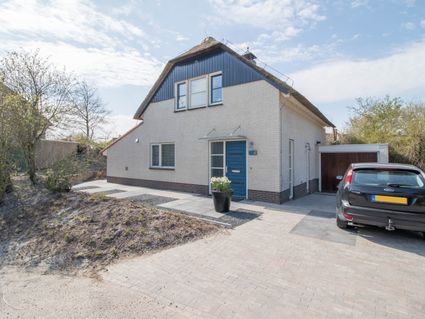 Makkum
Makkum
Direct boekbaar
from your location
-
Watersportcamping de Bearshoeke - Ingerichte safaritent
Watersportcamping de Bearshoeke - Ingerichte safaritent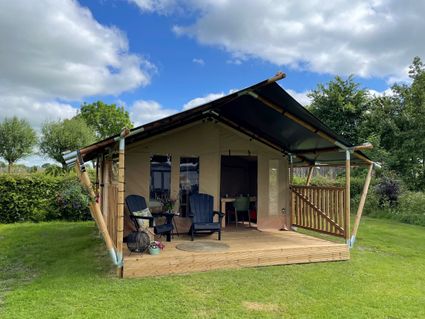 Oudega (gemeente Súdwest-Fryslân)
Oudega (gemeente Súdwest-Fryslân)
Direct boekbaar
from your location
-
De Mieden - Kijkheuvel met Vogelkijkscherm
De Mieden - Kijkheuvel met Vogelkijkscherm Kootstertille
Kootstertille
from your location
-
Artillerie bij Herbaijum
Artillerie bij Herbaijum
Voordat de Canadese infanteristen de aanval op Harlingen konden inzetten, moest eerst het 20 mm Flak en ander geschut worden uitgeschakeld.
Harlingen werd niet alleen aan de zeezijde door de Duitsers verdedigd maar ook aan de oostzijde waren er verdedigingswerken. Zo waren daar mijnenvelden aangelegd, was er een tankgracht gegraven en stond er op de Midlumerweg (nu: Midlumerlaan) ook een stuk 47 mm geschut opgesteld. Bovendien waren bij het bunkercomplex in de Engelse Tuin ook betonnen bunkers en mitrailleurnesten aangelegd. Op de tekeningen hieronder zijn de alle Duitse verdedigingswerken weergeven.
De artillerie en de zoeklichten die, die nacht van 16 op 17 april het luchtruim boven Harlingen verlichtten, waren in de omgeving van Herbaijum opgesteld. De beschieting werd uitgevoerd door het 14th Field Regiment en 7th Medium Regiment Royal Canadian Artillery. En werd van de kant van de weg bij een boerderij voorbij het Oude Station geleid.
Na de beschieting, waarbij zes van de negen 40-mm kanonnen door voltreffers werden uitgeschakeld, trokken de circa negenhonderd infanteristen van de Highland Infantry of Canada ondersteund door Sherman tanks van de Sherbrooke Fusiliers op richting Harlingen.
De professionele wijze waarop onder andere vanuit de jeep de beschieting werd geleid en het vuur zo nodig werd verlegd maakte grote indruk op de Harlinger sectiecommandant van de Binnenlandse Strijdkrachten, de heer Heeger. Dat gold ook voor de nonchalant fluitende en rokende Canadezen die, in tegenstelling tot wat ze gewend waren van de Duitse militairen, aan beide zijden van de weg voorbij trokken in de richting van Harlingen.
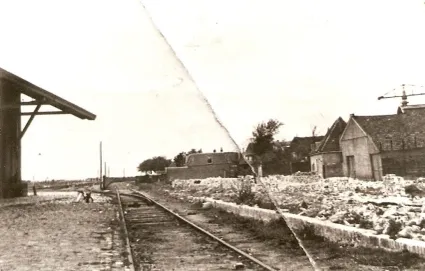 Herbaijum
Herbaijum
from your location
-
-
The liberation of Friesland
The liberation of Friesland
By 18 April, the whole province of Friesland had been liberated, except for the Wadden Islands. Compared to other provinces, there was little fighting in Friesland. Overall, the few thousand German troops who had been unable to escape from Friesland were defeated by the Canadians relatively quickly.
The commander of the Royal Canadian Dragoons, Lieutenant Colonel Landell, praised the actions of the resistance by stating that "Friesland liberated herself". While that may be a bit of an exaggeration, the actions of the Frisian resistance undoubtedly accelerated the liberation. And reduced the number of casualties on the Allied side.
At least 31 resistance fighters lost their lives in confrontations with German troops and their Dutch accomplices. At least eleven Canadians and one Frenchman were killed on the Allied side. Dozens of civilian victims were also killed in the fighting and shelling. The number of casualties on the German side is not known, but it is believed that the number ran into hundreds. With 320 destroyed and 4000 damaged homes and 80 destroyed bridges, Friesland was materially the least damaged province of the Netherlands.
Many German soldiers fled towards the western part of the country. The retreating German troops gathered mostly in Harlingen, Makkum and Lemmer. From there, they tried to get away by boat across the IJsselmeer or via the Afsluitdijk to North Holland. The Wadden Islands also became a refuge for collaborators and German soldiers. Here, liberation was longer in coming.
On the island of Terschelling, the last German troops were disarmed by a British artillery regiment on 29 May. Two days later, the British crossed from Terschelling to Vlieland, and the liberation of that island was also a fact. Ameland was liberated on 3 June.
Personnel from the infamous Scholtenhuis, the SD headquarters in Groningen, had entrenched themselves on Schiermonnikoog. After their departure on 31 May, there was a celebration on the island, in spite of the six hundred members of the occupying troops who still were there. Only on 11 June did the last German soldiers leave Schiermonnikoog, and then the whole province of Friesland was free.
Most Canadian units that had liberated Friesland continued the battle in Groningen and North Germany after 18 April. Their war ended on 8 May 1945, when the surrender of all German armed forces became effective.
 Eanjum
Eanjum
from your location
-
-
Restaurant De Friese Doorloper
Restaurant De Friese Doorloper Hindeloopen
Hindeloopen
from your location
-
Eysinga State - Boerderijchalet 4-6p
Eysinga State - Boerderijchalet 4-6p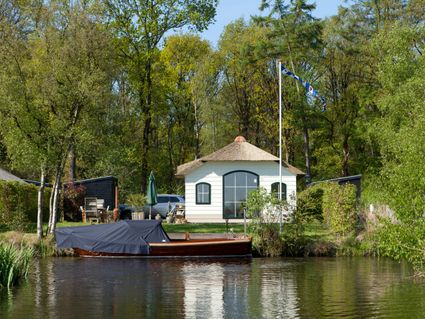 Sint Nicolaasga
Sint Nicolaasga
Direct boekbaar
from your location
-
Bibliotheek Balk
Bibliotheek Balk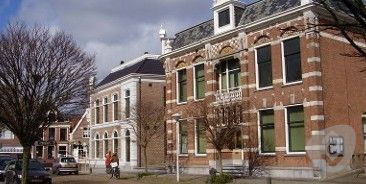 Balk
Balk
from your location
-
Bed & Breakfast Joarum
Bed & Breakfast Joarum Kûbaard
Kûbaard
from your location
-
Entree Blije
Entree Blije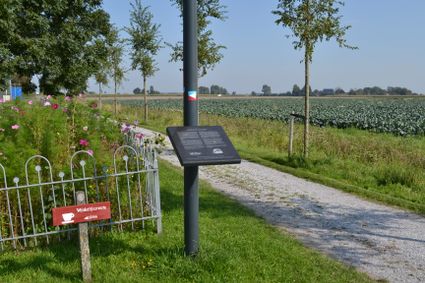 Blije
Blije
from your location
-
Lanenkaatsen
Lanenkaatsen Harlingen
Harlingen
from your location
-
Galerie Kawoosh
Galerie Kawoosh Drachten
Drachten
from your location
-
Waddenmossel
Waddenmossel Moddergat
Moddergat
from your location
-
Park Baayvilla's
Park Baayvilla's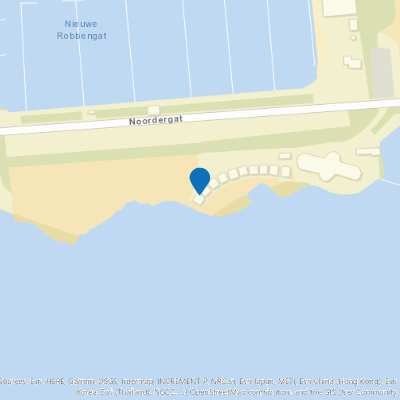 Lauwersoog
Lauwersoog
from your location
-
Landgoed Lauswolt
Landgoed Lauswolt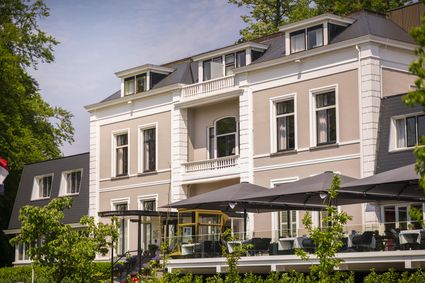 Beetsterzwaag
Beetsterzwaag
from your location
-
Lutz Watervilla's - Wettervilla Twa
Lutz Watervilla's - Wettervilla Twa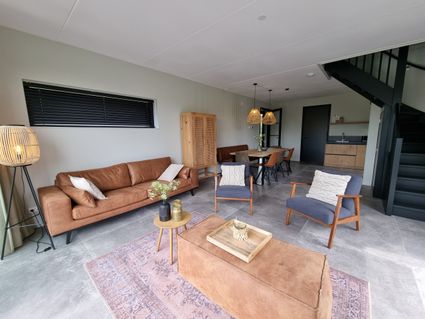 Balk
Balk
Direct boekbaar
from your location
-
E-bike Oplaadpunt in Koudum
E-bike Oplaadpunt in Koudum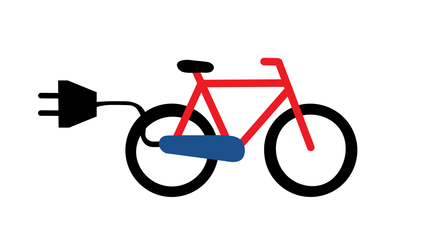 Koudum
Koudum
from your location


